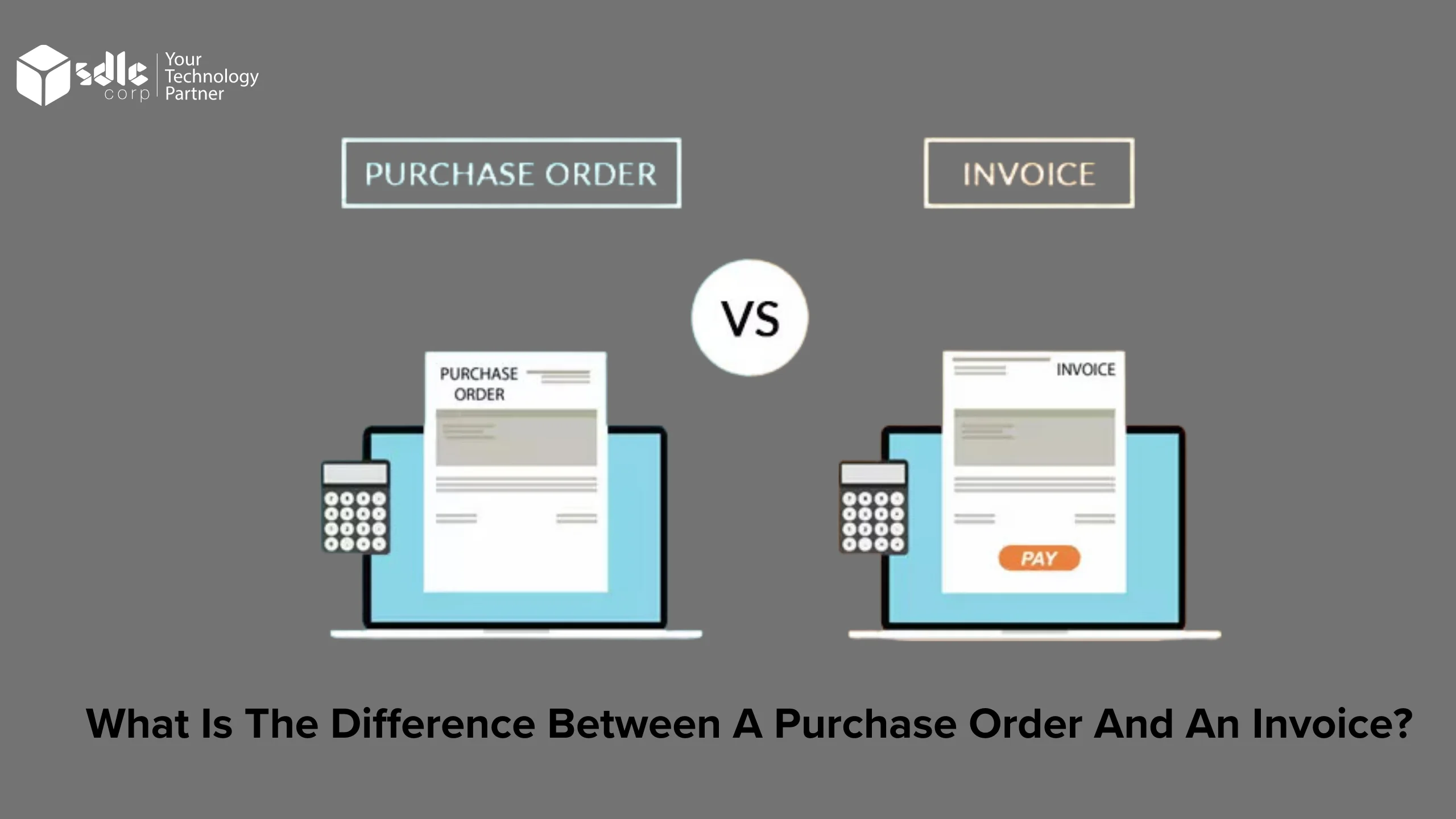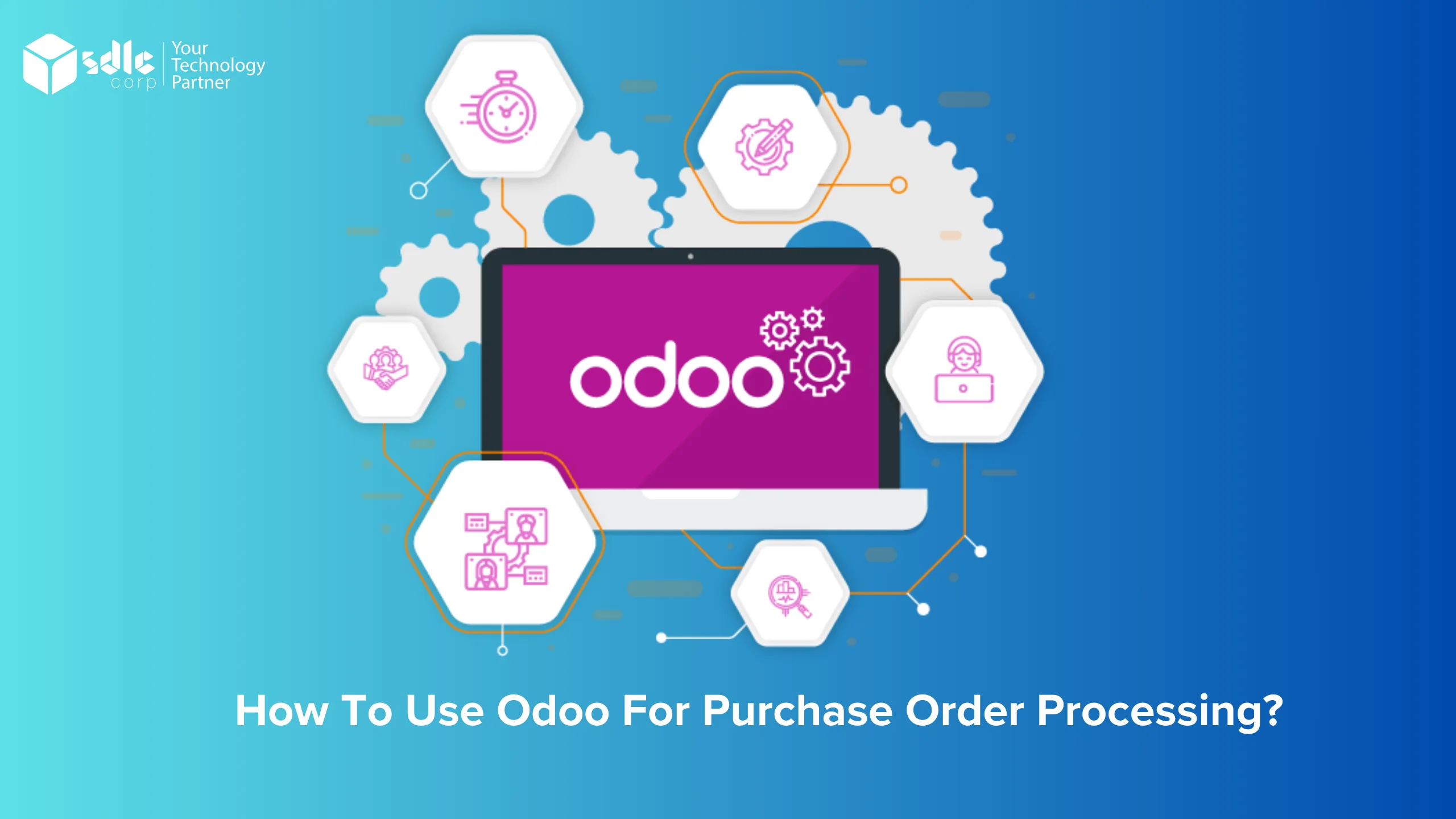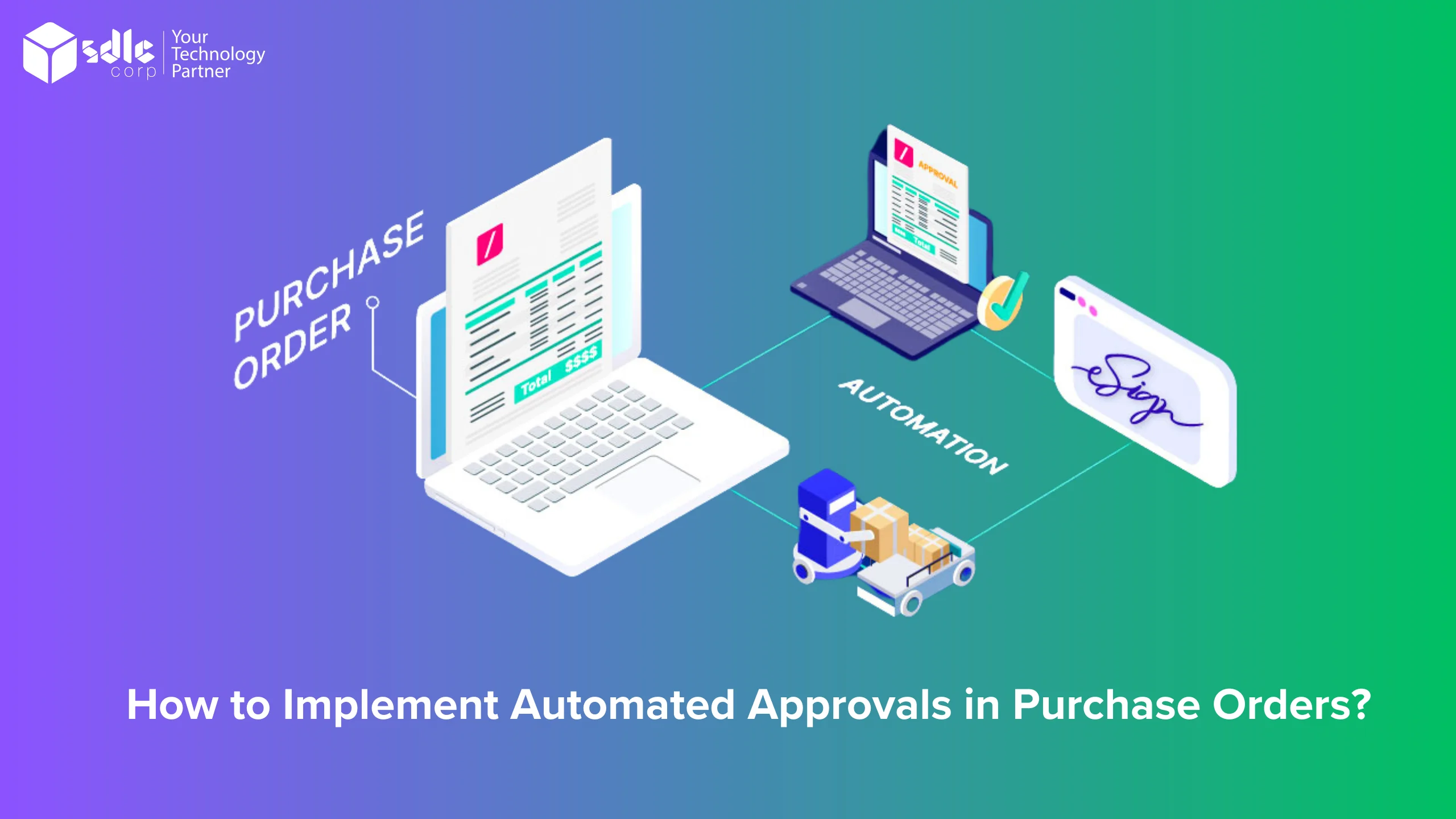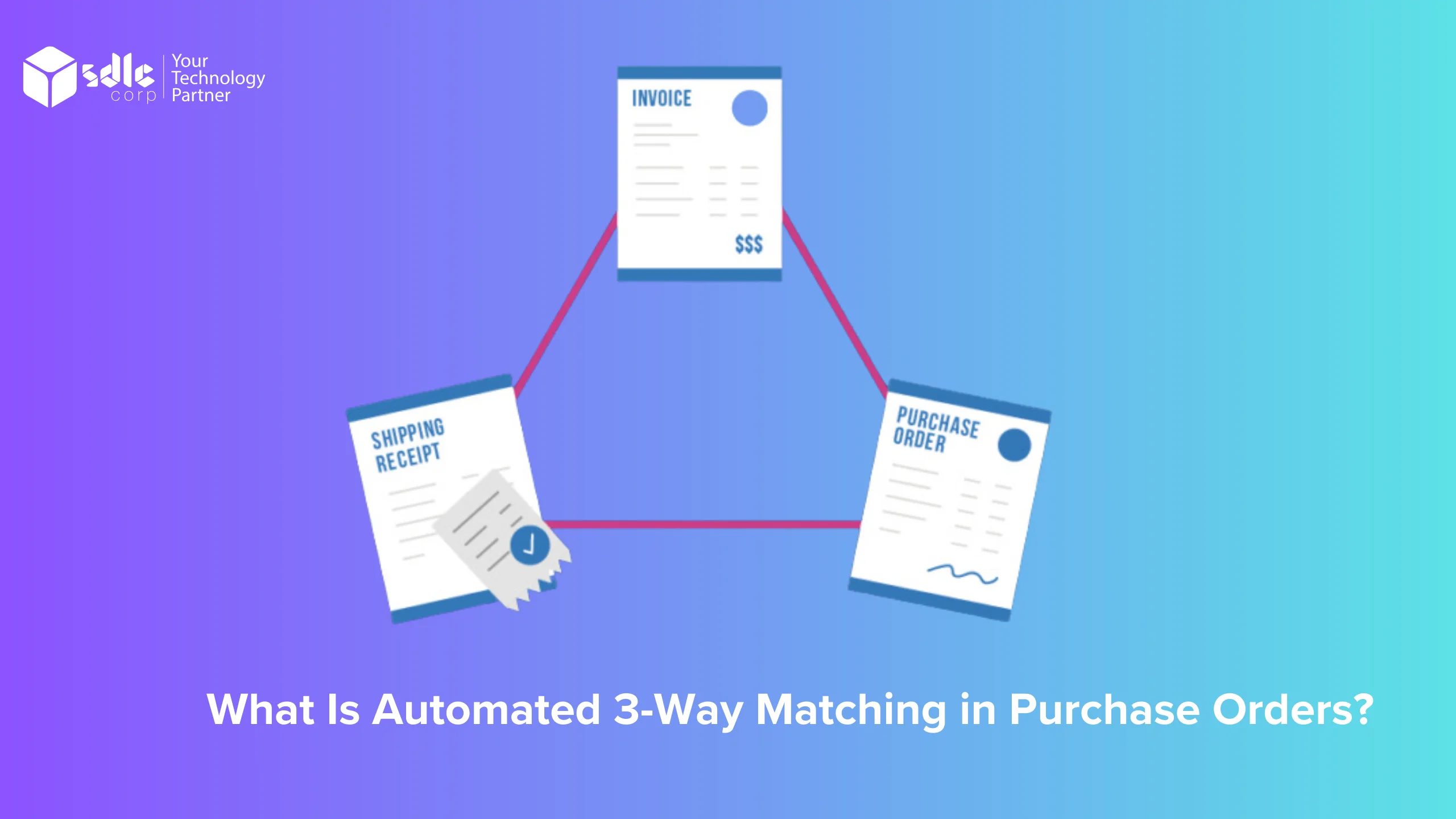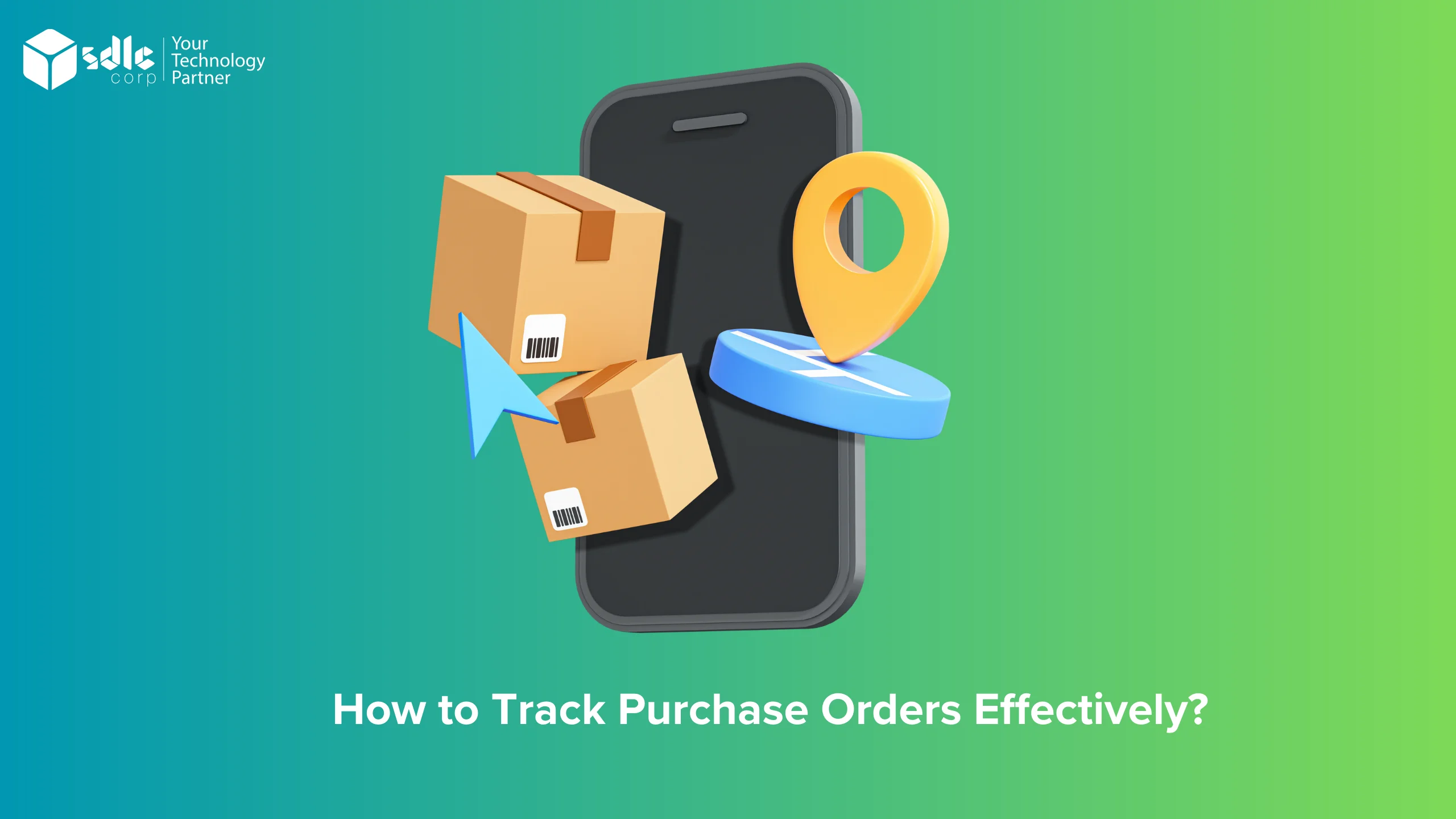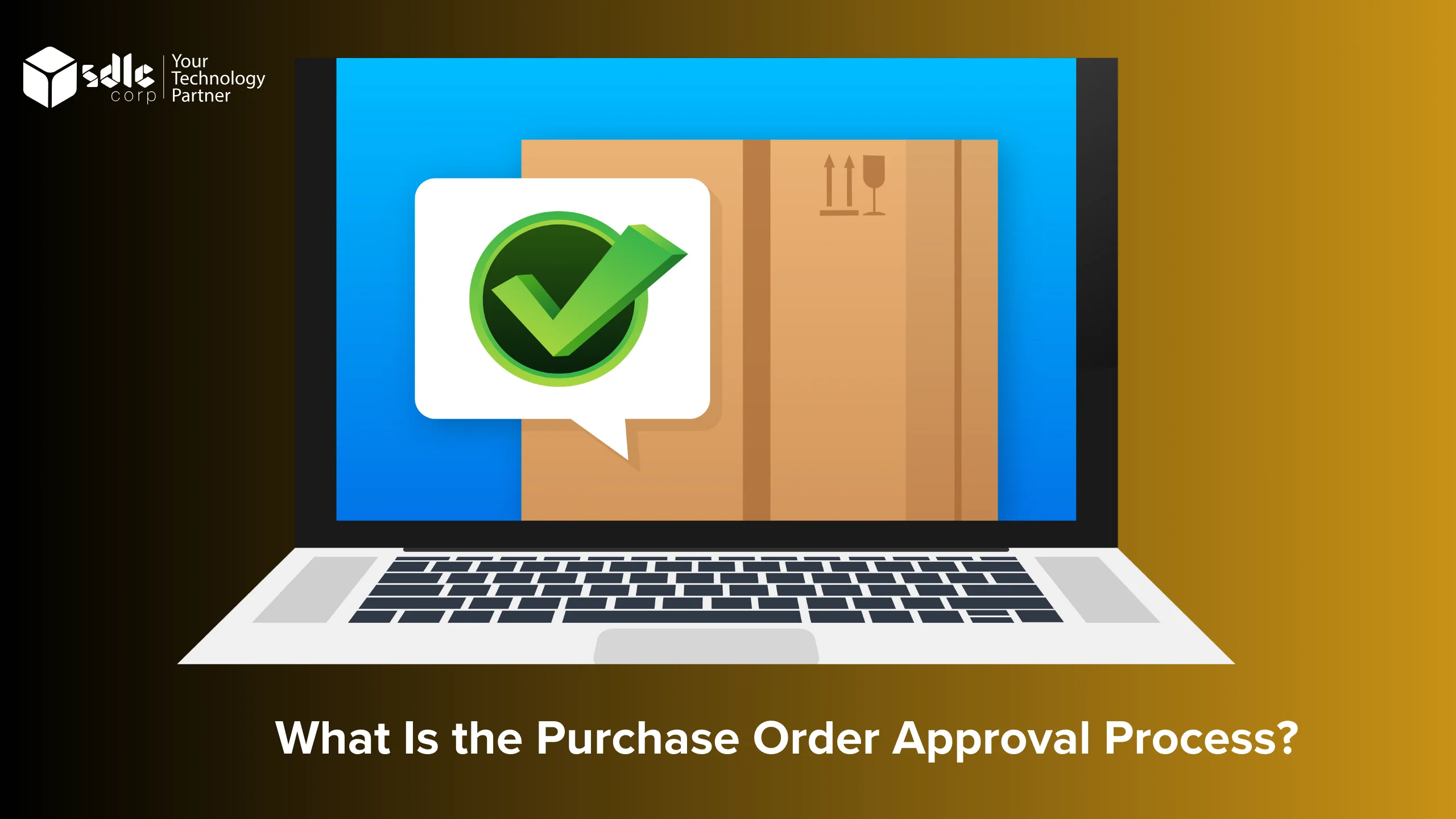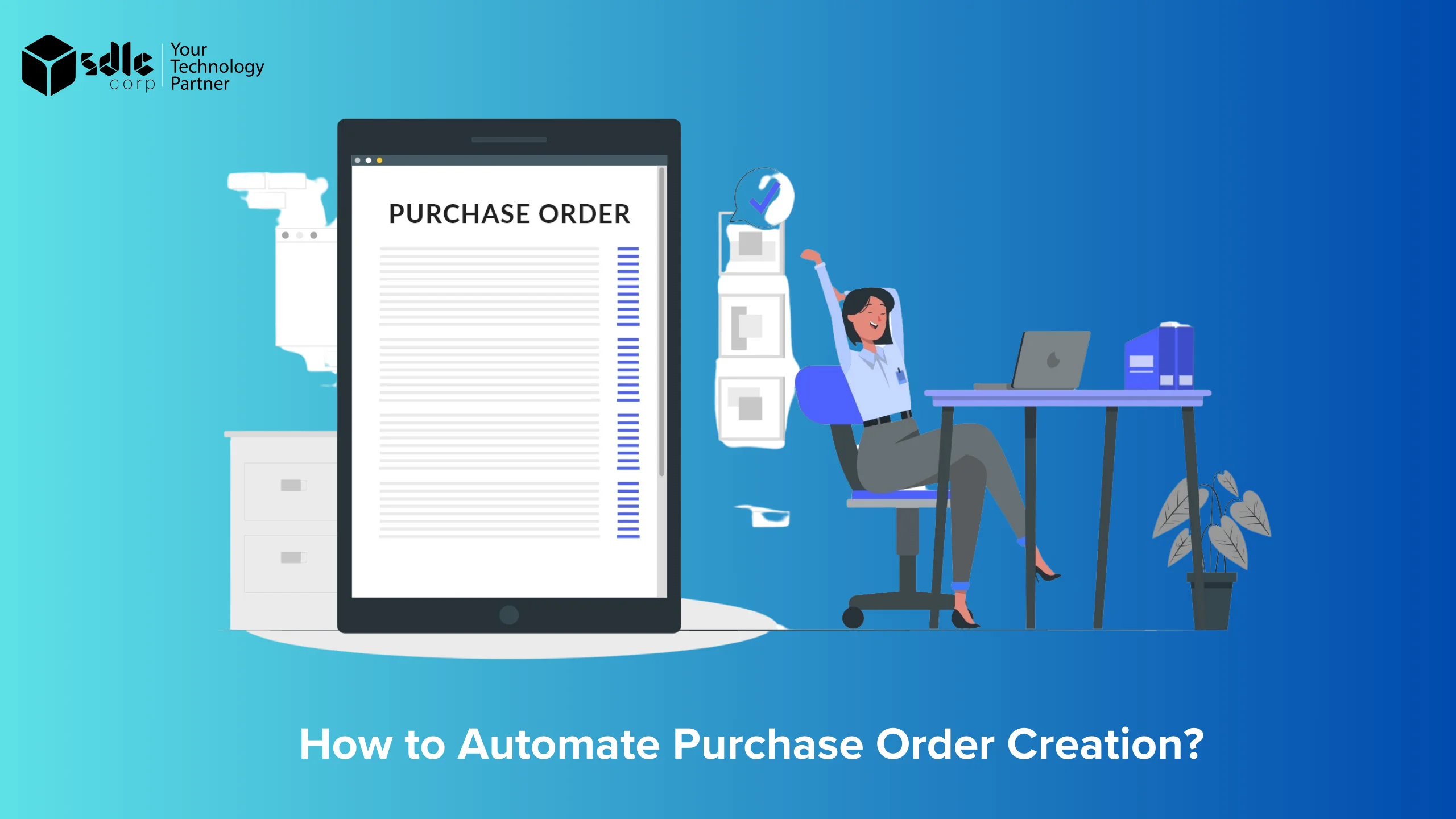Introduction
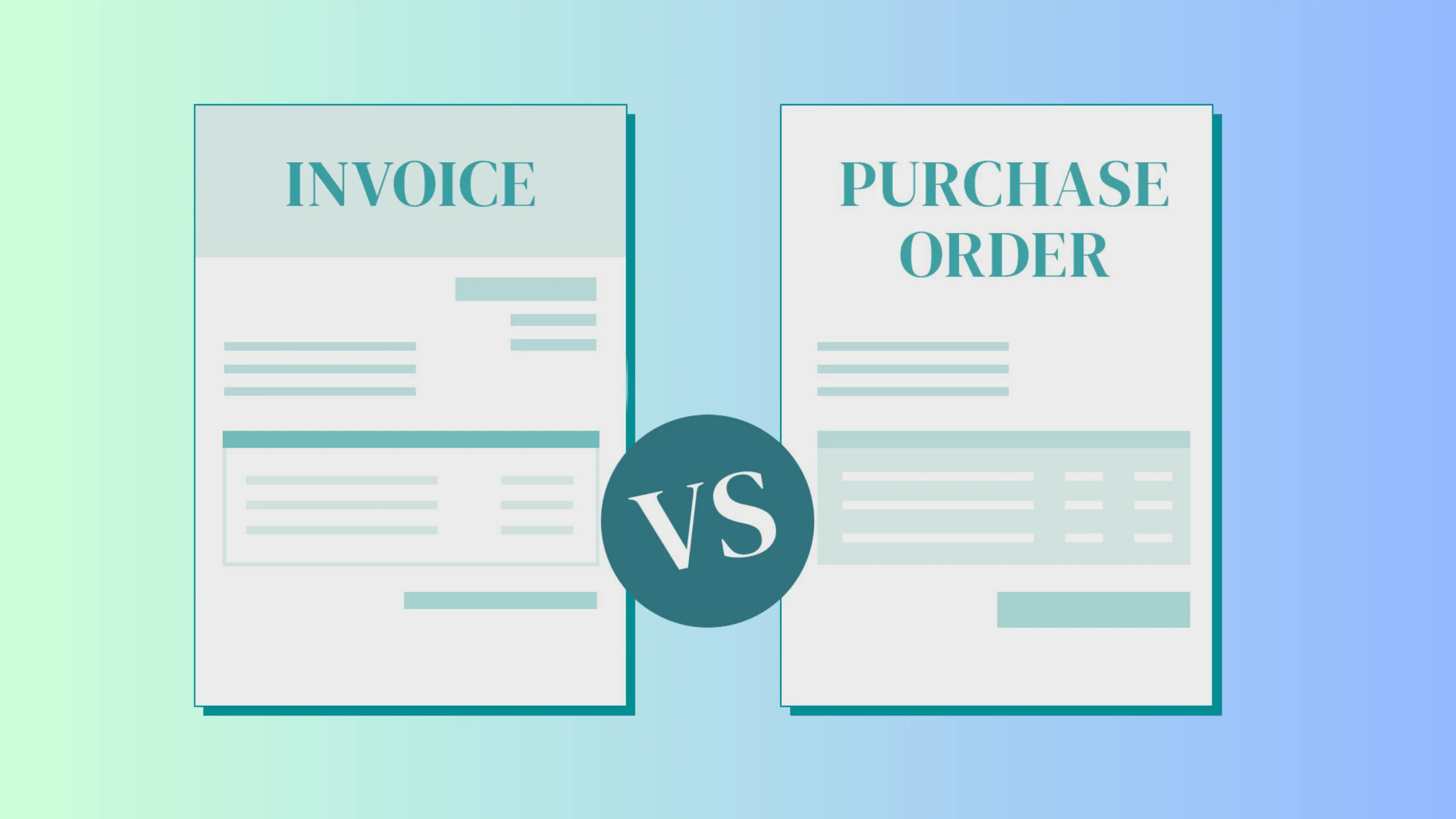
purchase order :
A purchase order (PO) is a document issued by a buyer to a seller, indicating the types, quantities, and agreed prices for products or services that the seller will provide to the buyer. It serves as a formal request for the purchase of goods or services and contains important details such as the PO number, date of issue, buyer and seller information, item descriptions, quantities, prices, delivery dates, and payment terms.
The purpose of a purchase order is to establish clear communication and formalize the agreement between the buyer and seller. It provides a record of the transaction and serves as a reference for both parties to track the status of the order. Additionally, a purchase order helps the buyer control spending by specifying the approved budget for the purchase and prevents unauthorized purchases. Overall, a purchase order plays a crucial role in the procurement process by ensuring that both parties are in agreement regarding the terms of the transaction.
Invoice
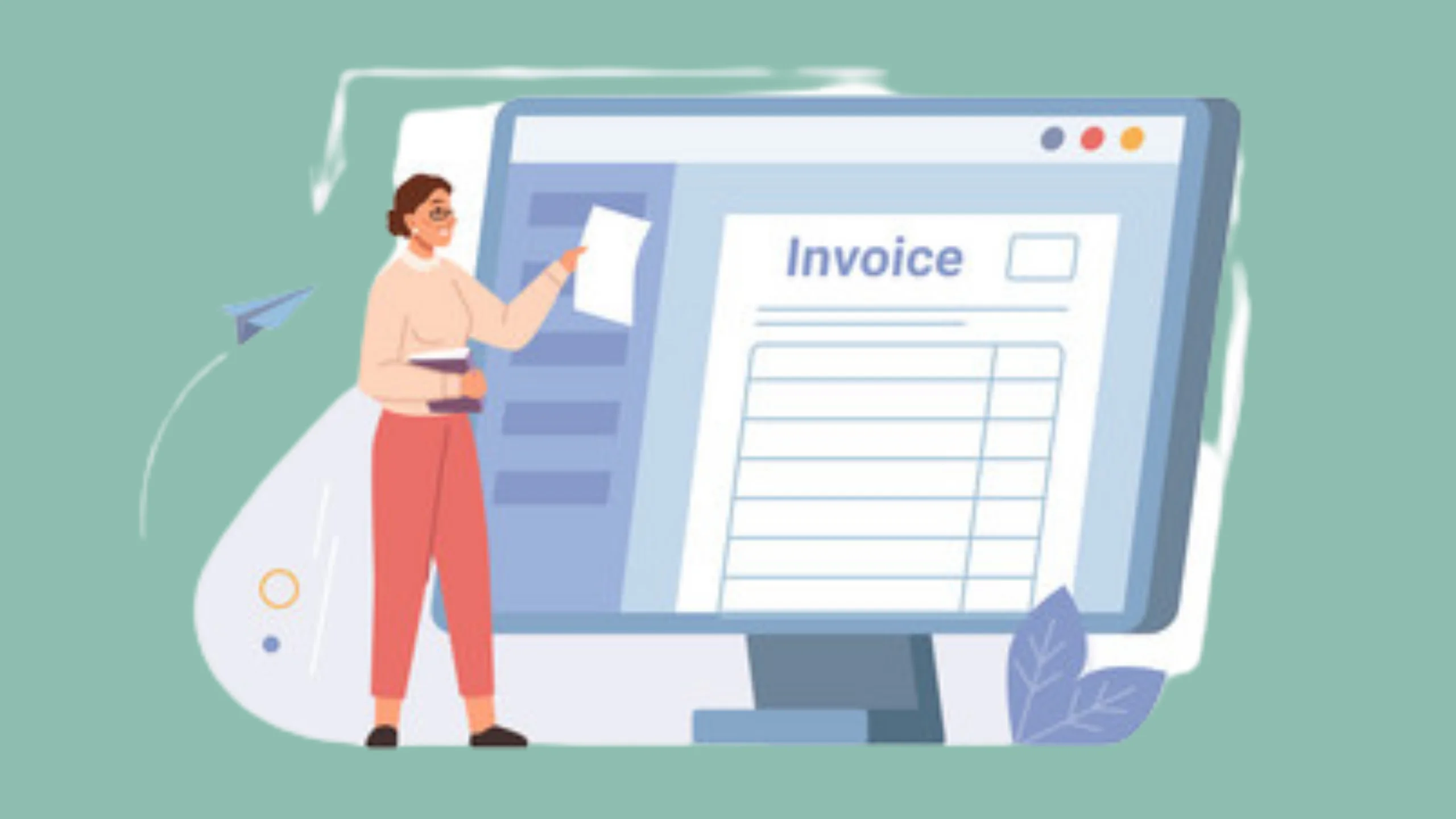
An invoice is a commercial document issued by a seller to a buyer, indicating the products, quantities, and agreed prices for goods or services provided. It serves as a request for payment and includes payment terms, such as the due date and acceptable payment methods. Unlike a purchase order, which is issued by the buyer to initiate a purchase, an invoice is issued by the seller after the goods or services have been delivered or completed.
Invoices are essential for accounting and financial record-keeping purposes, as they provide a detailed summary of transactions between a buyer and a seller. They help track payments, monitor accounts receivable, and facilitate the reconciliation of accounts. Invoices also serve as legal documents that establish an obligation on the part of the buyer to pay the seller for the goods or services provided.
Difference between a purchase order and an invoice
Feature | Purchase Order (PO) | Invoice |
Issued By | Buyer | Seller |
Purpose | Request for goods/services | Request for payment for goods/services |
Timing | Before goods/services are provided | After goods/services are provided |
Legal Status | Binding contract once accepted by the seller | Request for payment, not a binding contract |
Content | Details of goods/services ordered | Summary of goods/services provided |
Payment Terms | Not applicable | Includes payment terms (due date, method) |
Issuance | Before purchase | After delivery or completion of services |
Use | Internal document used to authorize purchases | External document used to request payment |
Purpose | To initiate a transaction | To request payment for a completed transaction |
What is the importance of a purchase order?
Improve Your Purchasing Workflow!

A purchase order (PO) is important for several reasons:
- Formalizes the Purchase: A purchase order formalizes the buying process, providing a clear and structured way to request and approve purchases.
- Legal Protection: It serves as a legal contract between the buyer and the seller, outlining the terms and conditions of the transaction and providing protection in case of disputes.
- Budget Control: POs help control spending by specifying the approved budget for a purchase, preventing unauthorized purchases and ensuring expenses are within budget.
- Documentation: POs provide a record of the transaction, including the items purchased, quantities, prices, and delivery dates, which is useful for auditing and accounting purposes.
- Supplier Relationship Management: Using POs helps maintain good relationships with suppliers by providing clear instructions and expectations, leading to smoother transactions and better communication.
Overall, purchase orders help streamline the procurement process, ensure clarity and transparency in transactions, and provide a formal record of purchases for both buyers and sellers.
Why invoices are important?
Invoices are important for several reasons:
- Record Keeping: Invoices provide a record of the sale or transaction, including details such as the items sold, quantities, prices, and dates. This information is essential for accounting and tax purposes.
- Payment Tracking: Invoices serve as a request for payment from the seller to the buyer. They help track payments and outstanding balances, ensuring that payments are made on time and accurately.
- Legal Protection: Invoices serve as a legal document that establishes an obligation on the part of the buyer to pay for the goods or services provided by the seller. They can be used as evidence in case of disputes or legal issues.
- Budgeting and Financial Planning: Invoices provide valuable information for budgeting and financial planning. They help businesses track their expenses, monitor cash flow, and make informed decisions about future spending.
- Relationship Management: Invoices can also help maintain good relationships between buyers and sellers. They provide a clear record of the terms of the transaction, helping to avoid misunderstandings and disputes.
Why businesses need both Purchase order and invoice?
Businesses need both purchase orders (POs) and invoices because they serve different purposes in the procurement and payment processes.
- Purchase Orders (POs):
- Initiate Purchases: POs are used to initiate purchases from suppliers. They specify the details of the order, including the items, quantities, prices, and terms.
- Control Spending: POs help control spending by specifying the approved budget for a purchase. They prevent unauthorised purchases and ensure expenses are within budget.
- Legal Protection: POs serve as a legal contract between the buyer and the seller, outlining the terms and conditions of the transaction and providing protection in case of disputes.
- Record Keeping: POs provide a record of the transaction, which is useful for auditing and accounting purposes.
- Invoices:
- Request Payment: Invoices are used to request payment from the buyer for goods or services provided by the seller.
- Track Payments: Invoices help track payments and outstanding balances, ensuring that payments are made on time and accurately.
- Legal Protection: Invoices serve as a legal document that establishes an obligation on the part of the buyer to pay for the goods or services provided by the seller.
- Record Keeping: Invoices provide a record of the sale or transaction, including details such as the items sold, quantities, prices, and dates.
Simplify Your Invoicing Process!

What is the process for issuing purchase orders and invoices in business transactions?
The process for issuing purchase orders (POs) and invoices in business transactions involves several steps:
- Issuing Purchase Orders (POs):
- Need Identification: The first step is to identify the need for goods or services. This can be based on inventory levels, project requirements, or other factors.
- Creating the Purchase Order: Once the need is identified, a PO is created. The PO includes details such as the items to be purchased, quantities, prices, delivery dates, and any special instructions.
- Review and Approval: The PO is reviewed and approved by the appropriate person within the organization, such as a purchasing manager or department head.
- Sending the PO: Once approved, the PO is sent to the supplier either electronically or by mail.
- Issuing Invoices:
- Providing Goods or Services: The supplier provides the goods or services as specified in the PO.
- Creating the Invoice: After providing the goods or services, the supplier creates an invoice. The invoice includes details such as the items provided, quantities, prices, and payment terms.
- Sending the Invoice: The supplier sends the invoice to the buyer either electronically or by mail.
- Receiving and Processing the Invoice: The buyer receives the invoice and processes it for payment. This may involve verifying that the goods or services were received as specified in the PO and that the prices are correct.
- Payment: Once the invoice is processed, the buyer makes payment to the supplier according to the payment terms agreed upon.
Overall, the process for issuing POs and invoices ensures that goods and services are procured efficiently, payments are made accurately, and both parties have a clear record of the transaction.
Enhance Financial Accuracy!

FAQS
1.What is the difference between a purchase order and an invoice?
A purchase order is a document issued by a buyer to a seller to request goods or services. An invoice, on the other hand, is a document issued by the seller to request payment for the goods or services provided.
2. How do purchase orders and invoices relate to each other in the procurement process?
A purchase order is issued before the goods or services are delivered, outlining the details of the order. An invoice is issued after the goods or services are delivered, requesting payment based on the terms of the purchase order.
3. What information is included in a purchase order versus an invoice?
A purchase order includes details such as the buyer and seller’s information, item descriptions, quantities, prices, delivery dates, and payment terms. An invoice includes similar information but adds the total amount due and payment instructions.
4. Can a purchase order be converted into an invoice?
Yes, a purchase order can serve as the basis for an invoice. The seller can reference the purchase order number on the invoice to ensure alignment between the two documents.
5. What role do purchase orders and invoices play in accounting and record-keeping?
Purchase orders help track and authorize purchases, while invoices document the actual goods or services received and the amount owed. Both are important for accurate financial record-keeping and auditing.
Contact Us
Let's Talk About Your Project
- Free Consultation
- 24/7 Experts Support
- On-Time Delivery
- sales@sdlccorp.com
- +1(510-630-6507)

